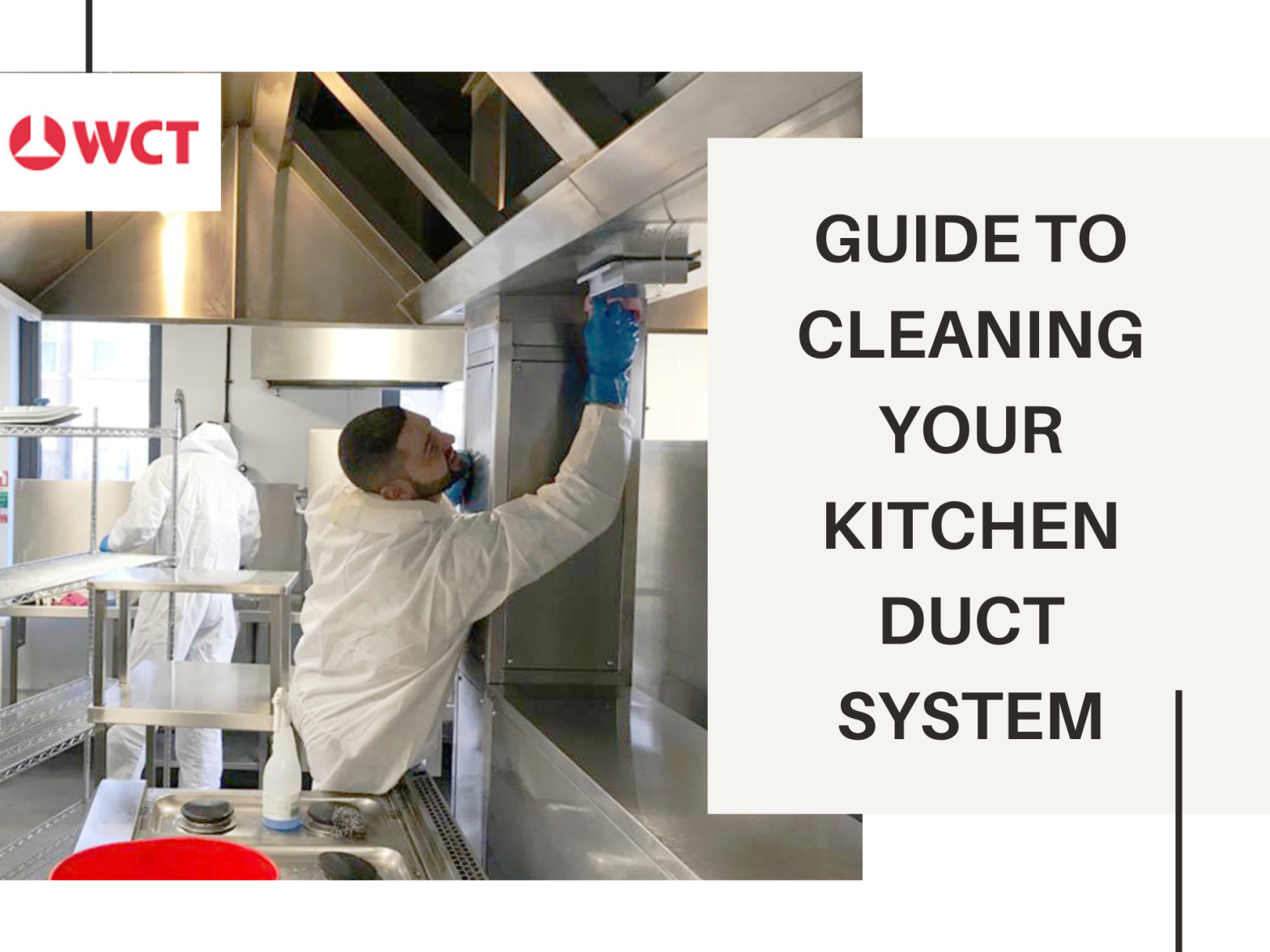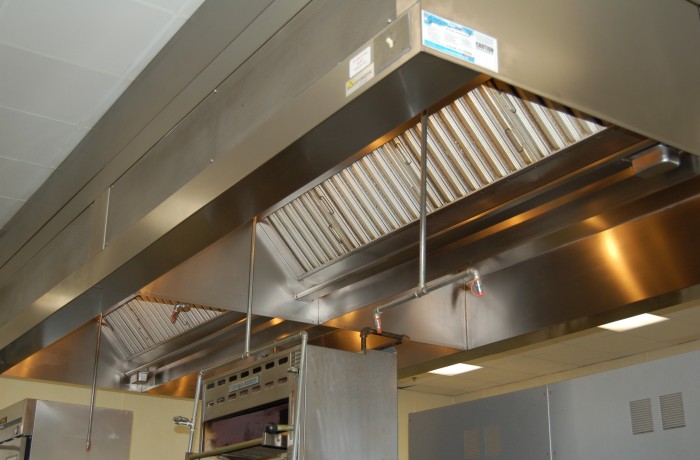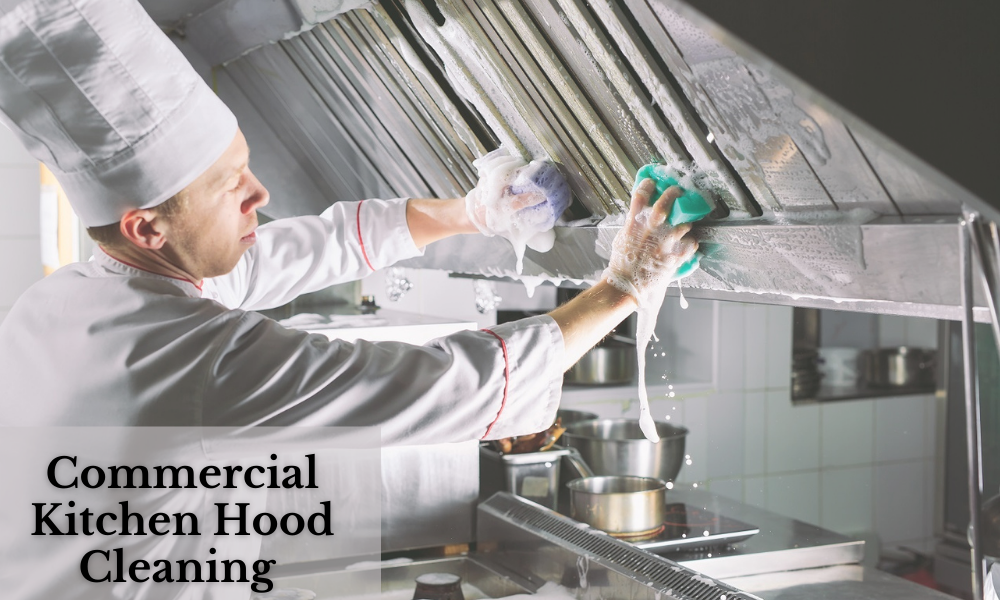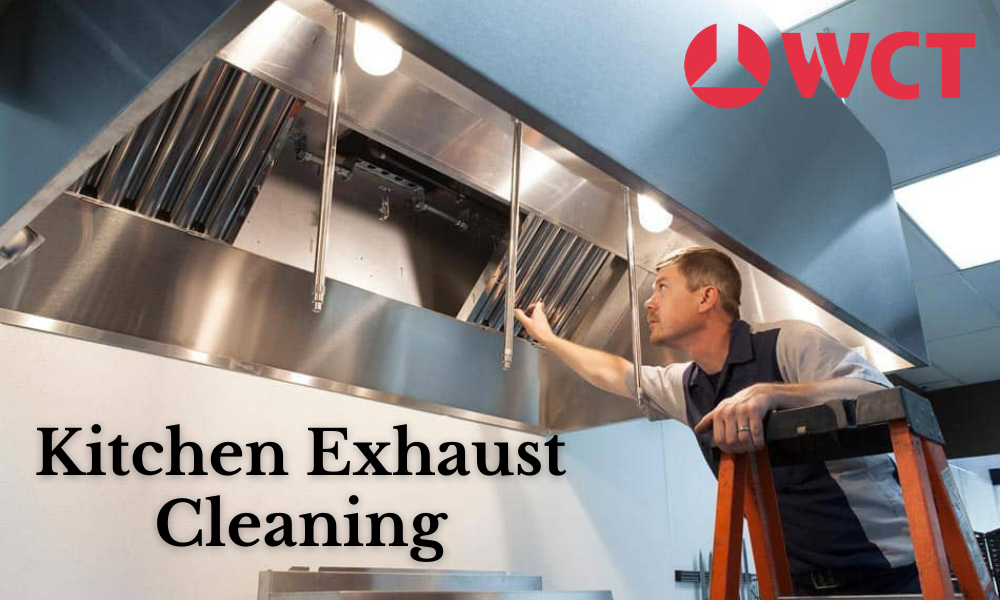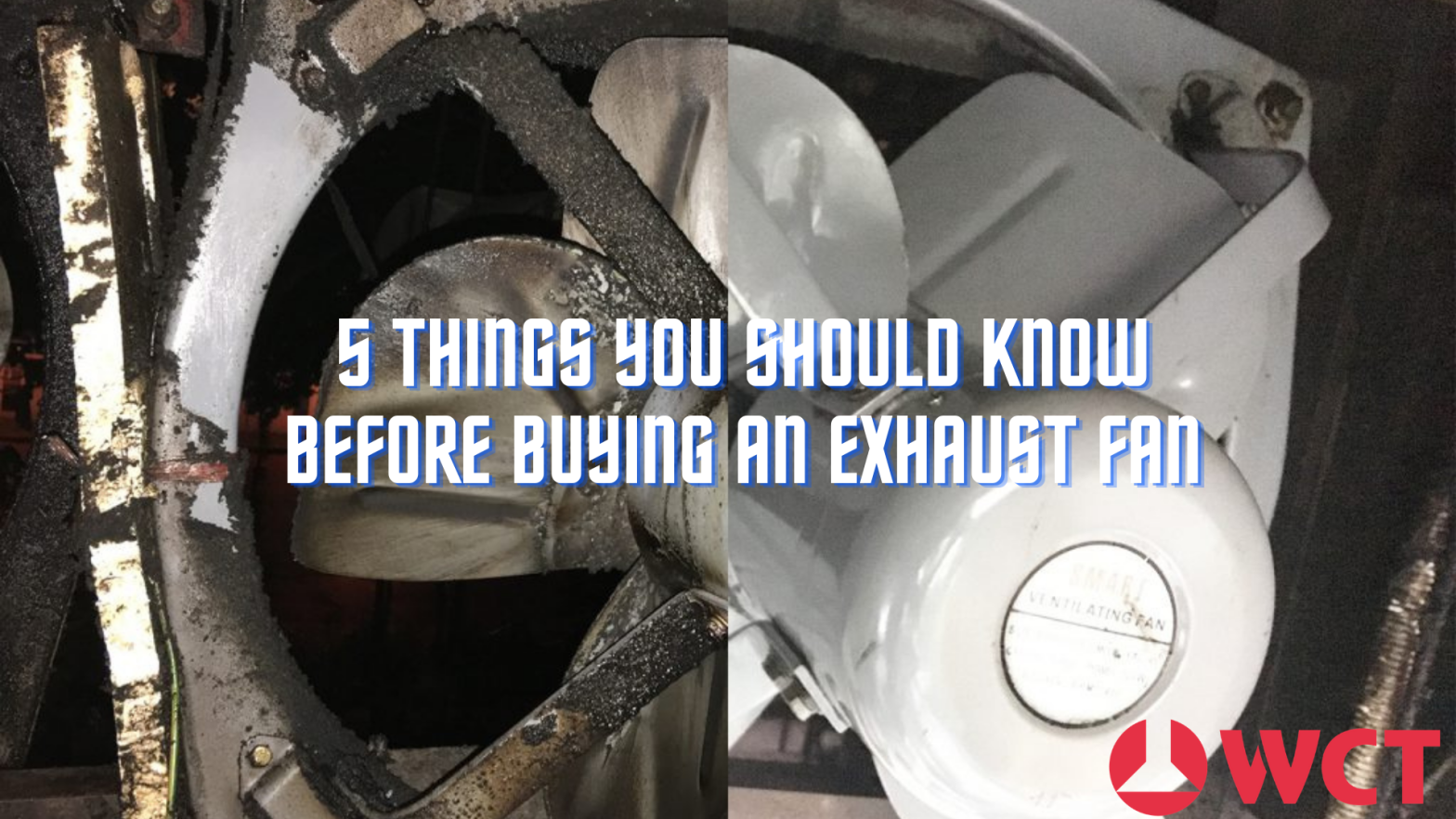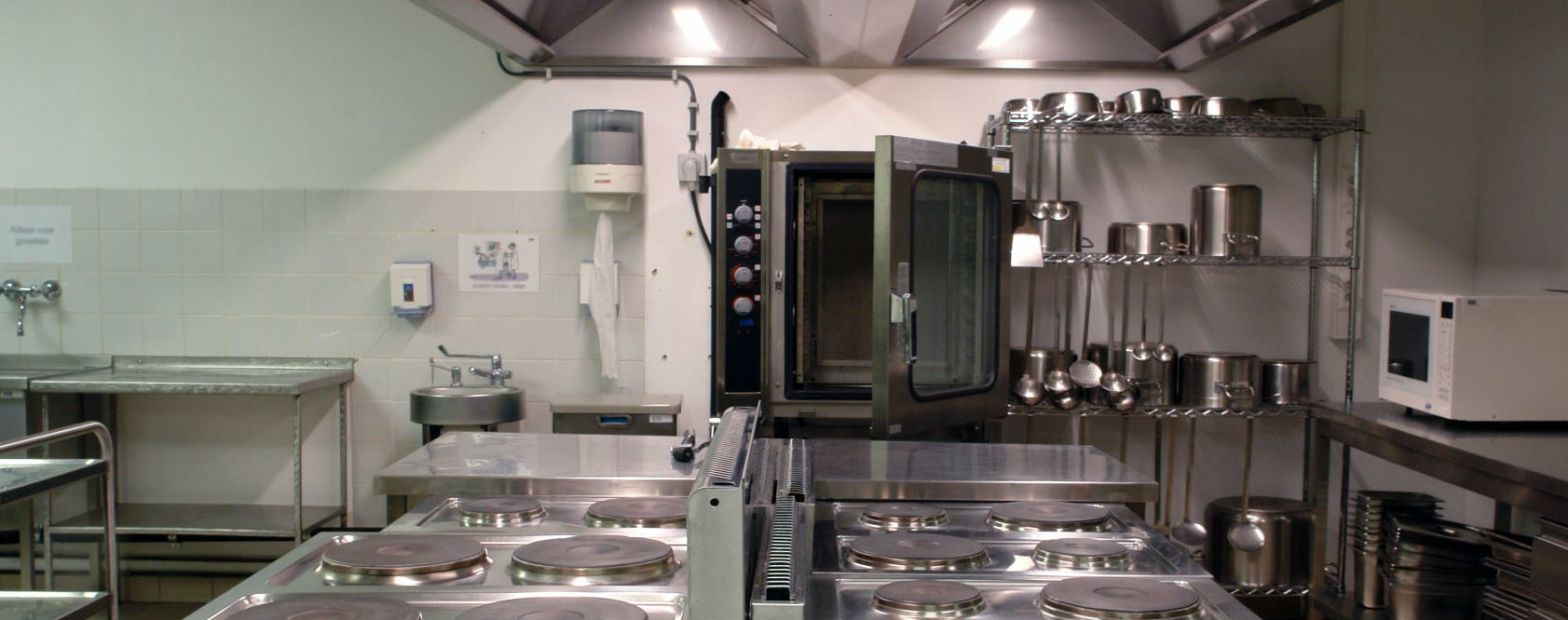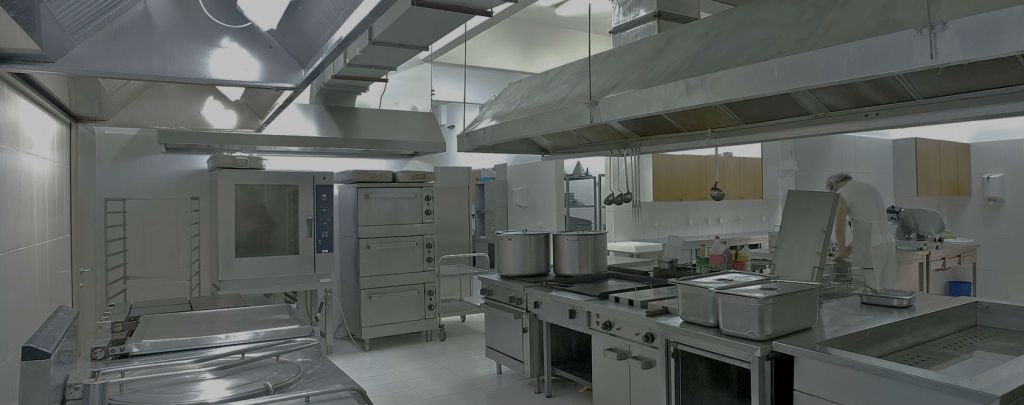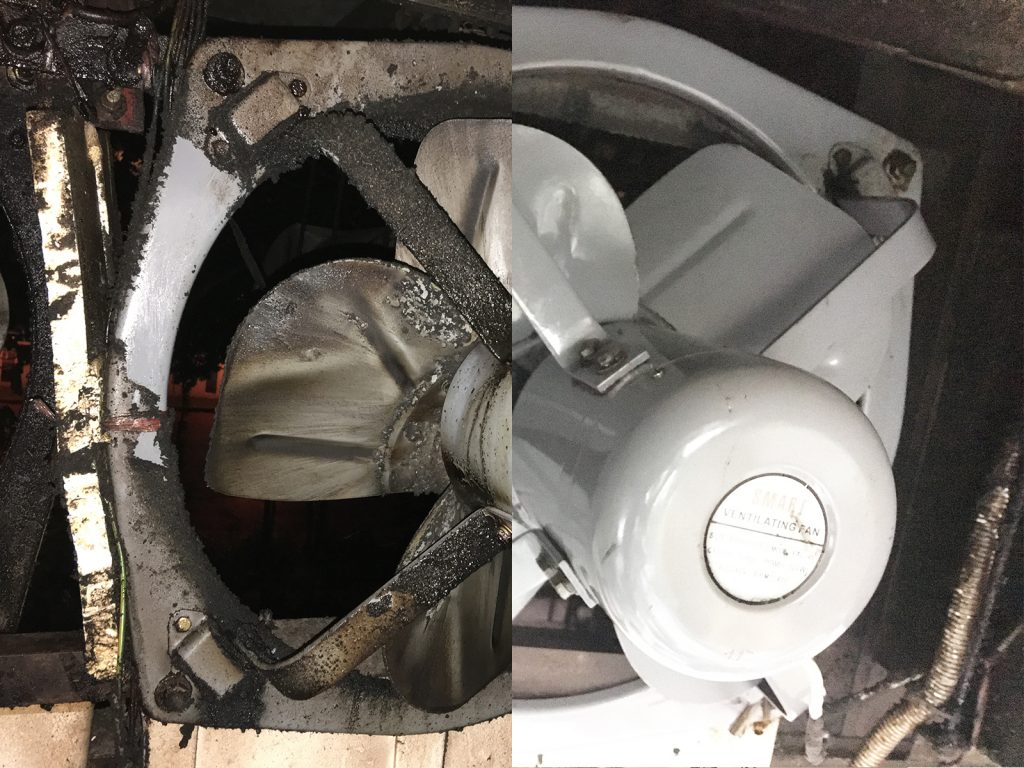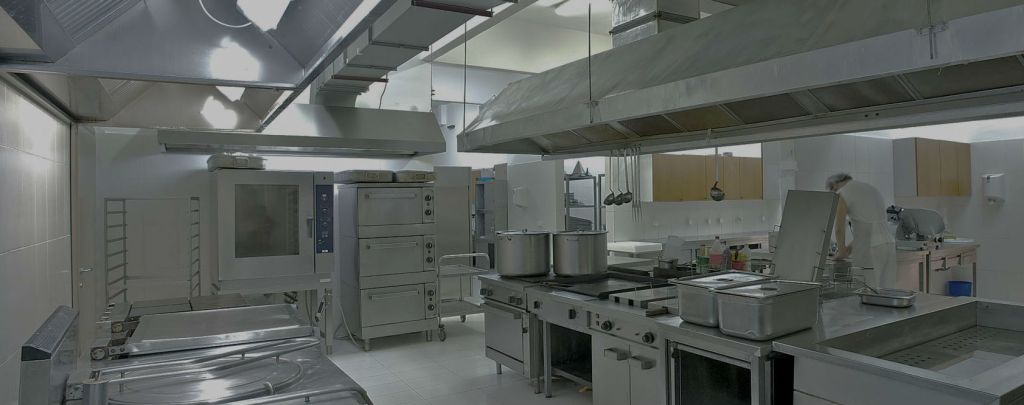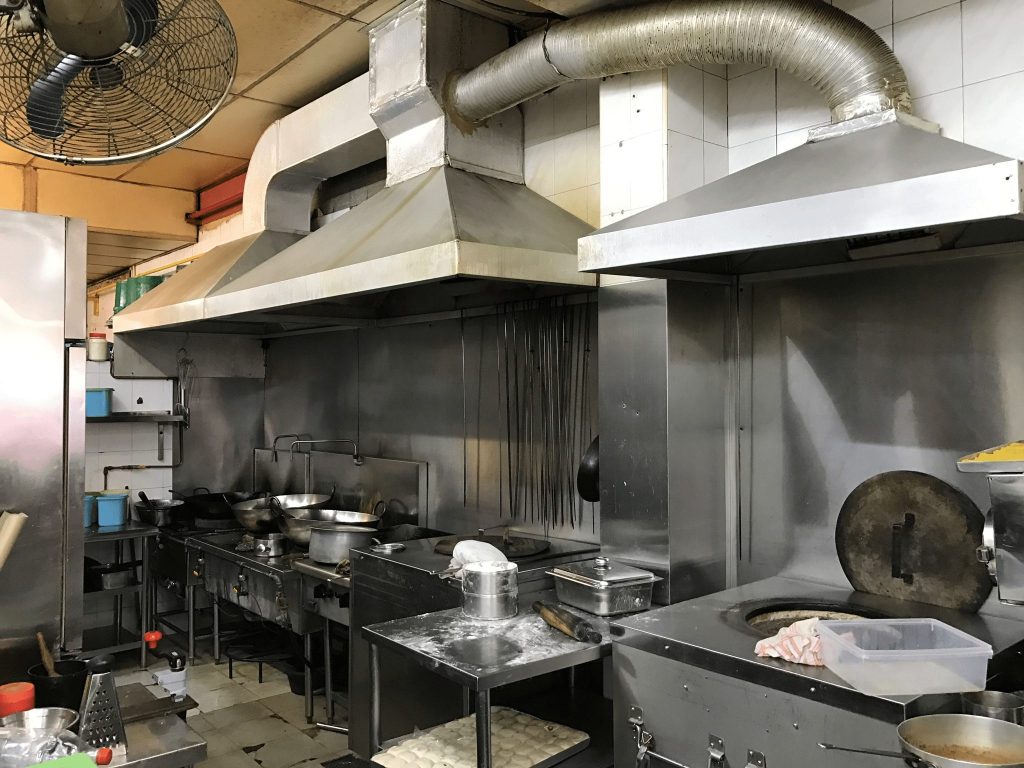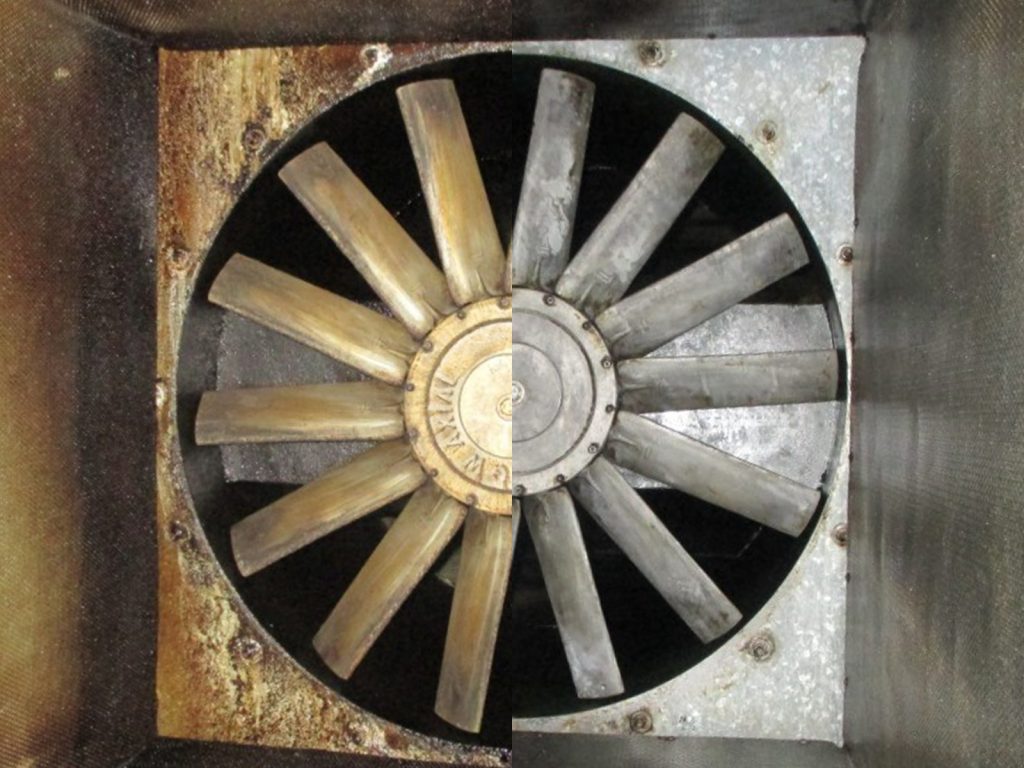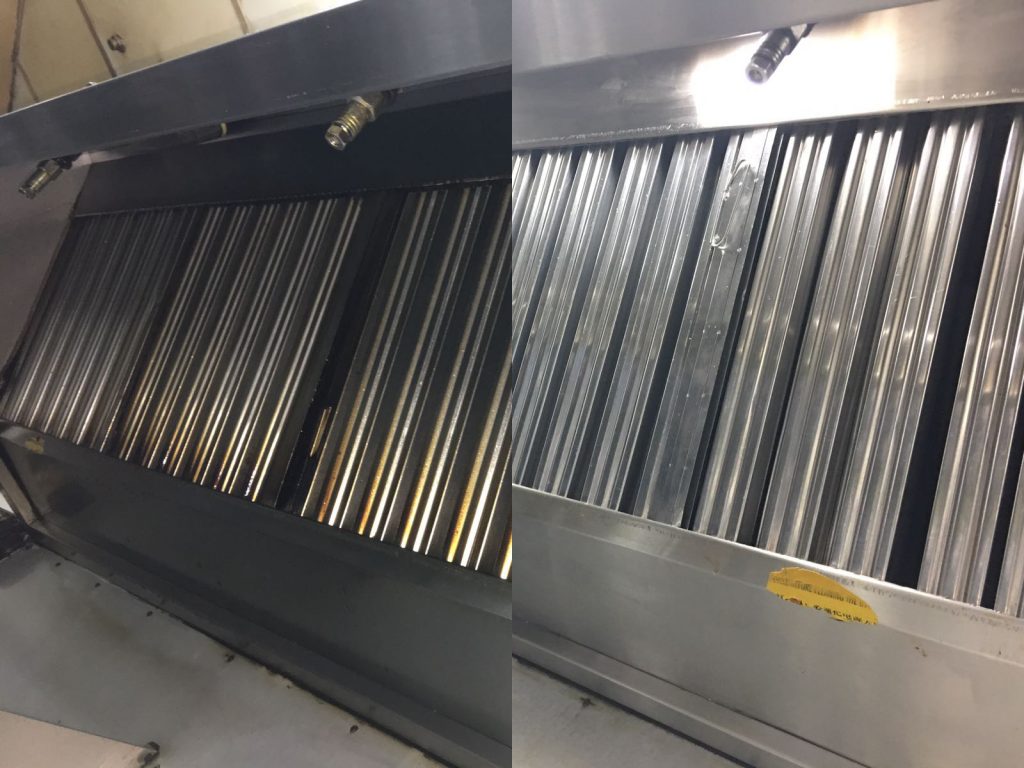A clean kitchen duct is essential for a healthy kitchen environment. Kitchen ducts accumulate grease, oil, and other particles that can be a potential fire hazard if not cleaned regularly. It can affect the air quality and pose a health risk to the people in the kitchen. Keeping the ducts clean also helps in improving the overall air quality, preventing the spread of harmful bacteria, and eliminating unpleasant odors. One can employ a cleaning service to keep the kitchen exhaust ducting system clean. Using a degreaser and a scrub brush to remove grease buildup makes it simple for DIYers to complete the task. After all, a safe and healthy cooking environment is the need in every kitchen.
In this write-up, we will cover the ways to clean the kitchen exhaust duct and its amazing benefits.
Key Steps to Clean Kitchen Exhaust Ducting System
Step 1: Turn off the power
Before starting the cleaning process, turn off the power supply to the exhaust fan and any connected appliances.
Step 2: Gather cleaning tools
You will need gloves, a ladder, a flashlight, a scrub brush, a bucket, and a degreaser or detergent.
Step 3: Inspect the ducts
Climb the ladder and inspect the ducts using a flashlight. Look for signs of grease buildup, corrosion, and any other damage.
Step 4: Remove the grease buildup
Use the scrub brush and degreaser or detergent to remove the grease buildup from the interior of the ducts. Work carefully to avoid damaging the ducts.
Step 5: Clean the fan blades
Clean the fan blades with a degreaser or detergent. Use a soft cloth or a brush to remove any grease and debris.
Step 6: Clean the exterior
Clean the exterior of the ducts with a degreaser or detergent. Use a scrub brush to remove any grease buildup.
Step 7: Rinse and dry
Rinse the interior and exterior of the ducts with water and dry thoroughly.
Step 8: Reassemble and turn the power back on
Reassemble the ducts and turn the power back on. Test the fan to ensure it is working properly.
Benefits of Clean Kitchen Exhaust Ducting System
1. Improved Air Quality
Kitchen exhaust ducts accumulate grease, smoke, and other contaminants, which can lead to poor indoor air quality. Cleaning the ducts removes these contaminants and ensures that the air inside your kitchen is fresh and clean.
2. Enhanced Fire Safety
Grease buildup in kitchen exhaust ducts is a major fire hazard. Regular cleaning of the ducts helps to reduce the risk of fire, keeping your kitchen and home safer.
3. Increased Energy Efficiency
Dirty kitchen exhaust ducts can reduce the efficiency of your kitchen ventilation system. Cleaning the ducts ensures that the system operates at its maximum efficiency, reducing energy costs and improving performance.
4. Extended Equipment Life
Kitchen exhaust systems clogged with grease and other contaminants can overheat and fail prematurely. Regular cleaning of the ducts helps to extend the life of your kitchen ventilation equipment.
5. Improved Kitchen Odor Control
Grease and other contaminants in kitchen exhaust ducts can contribute to unpleasant odors in your kitchen. Cleaning the ducts helps to eliminate these odors and maintain a pleasant kitchen environment.
6. Better Kitchen Hygiene
Kitchen exhaust ducts can harbor bacteria, mold, and other harmful microorganisms. Cleaning the ducts helps to eliminate these pathogens, improving the overall hygiene of your kitchen.
7. Compliance with Health and Safety Regulations
In many jurisdictions, kitchen exhaust duct cleaning is a requirement of local health and safety regulations. Regular cleaning helps to ensure that your kitchen complies with these regulations and minimizes the risk of penalties and fines.
Conclusion
Regular cleaning of kitchen exhaust ducts helps maintain the longevity of the kitchen exhaust ducting system. Thus, saving you the cost of replacements in the long run. Hence, ensure regular kitchen exhaust duct cleaning as part of your overall kitchen maintenance routine. In case the ducting system is extremely dirty or there is significant damage, it may be best to call a professional to handle the cleaning. They have the proper equipment and experience to safely and effectively clean the ducts.

